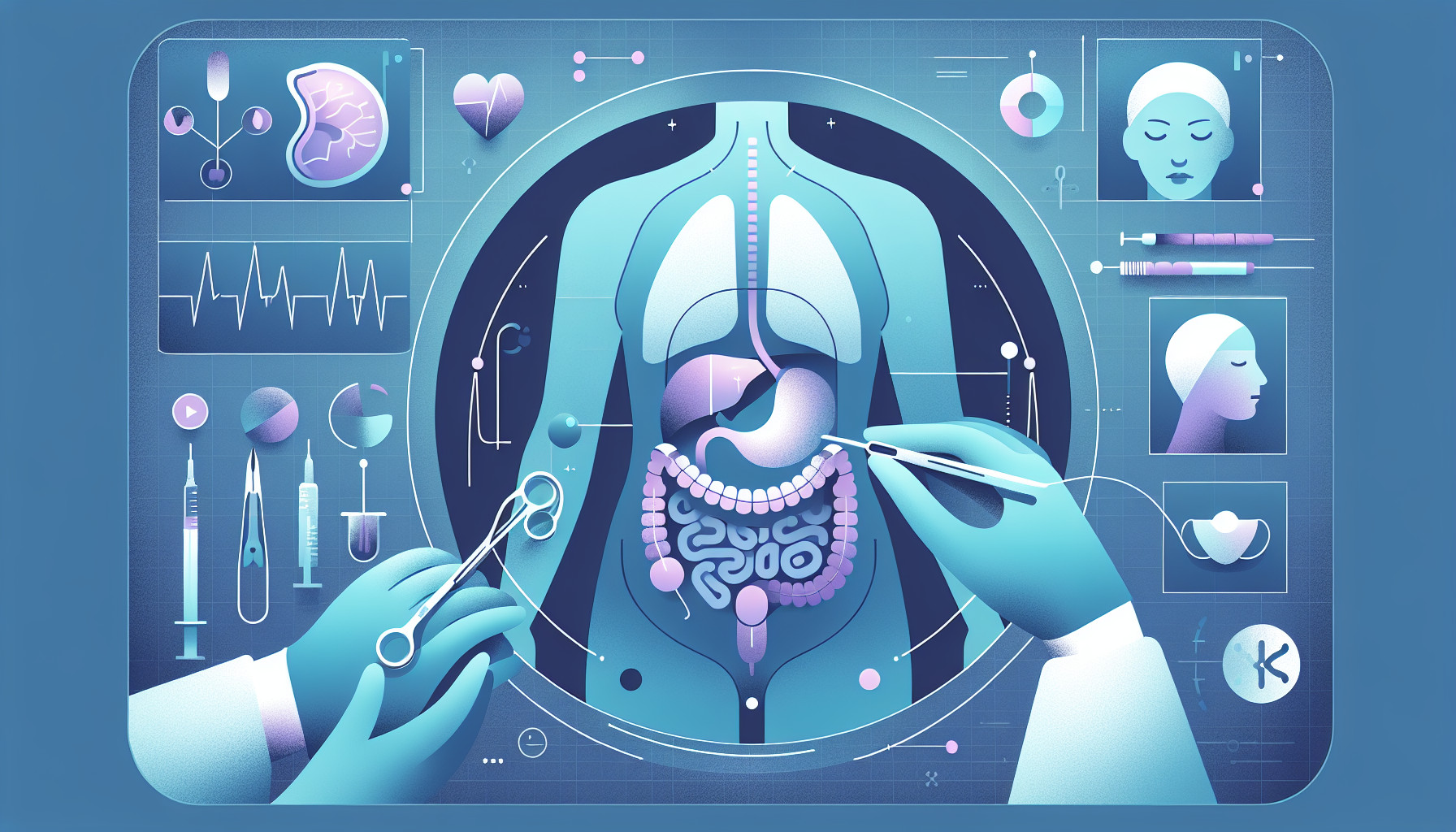Our Summary
This research paper talks about a 44-year-old overweight woman who had to have a recently inserted gastric balloon taken out. The balloon was initially put in her stomach to help her lose weight, but it caused an ulcer, or a sore, in the lining of her stomach. If left untreated, this could have killed off some of her stomach tissue. She also had symptoms like feeling sick, vomiting, difficulty urinating, fever, and severe dehydration, which could have led to kidney stones. To treat her, doctors gave her fluids to rehydrate her and started her on antibiotics. They also successfully removed the gastric balloon to allow her stomach lining to heal. After the operation, they didn’t find any significant problems. However, four weeks after the balloon removal, she developed a tight constriction in the upper part of her stomach due to stomach acid damage.
FAQs
- What are the potential complications of having an intragastric balloon installed?
- What symptoms might indicate complications with an intragastric balloon?
- What is a tight peptic stricture and how is it related to intragastric balloon removal?
Doctor’s Tip
A helpful tip a doctor might tell a patient about gastric sleeve surgery is to make sure to follow the post-operative diet and exercise plan provided by your healthcare provider. This will help to ensure successful weight loss and minimize the risk of complications. It is also important to attend all follow-up appointments and communicate any concerns or symptoms to your healthcare team promptly.
Suitable For
Patients who are typically recommended for gastric sleeve surgery are those who have a body mass index (BMI) of 40 or higher, or a BMI of 35 or higher with obesity-related health conditions such as diabetes, high blood pressure, or sleep apnea. They should have tried and failed to lose weight through diet and exercise alone, and be committed to making lifestyle changes after the surgery. Patients should also be medically stable and able to tolerate the procedure and recovery process.
Timeline
Before gastric sleeve surgery:
- Patient undergoes evaluation by a healthcare provider to determine if they are a candidate for gastric sleeve surgery.
- Patient may undergo pre-operative testing such as blood work, EKG, and imaging studies.
- Patient receives education on the procedure, risks, benefits, and post-operative expectations.
- Patient may be required to make lifestyle changes such as dietary modifications and exercise routines.
- Patient undergoes the gastric sleeve surgery procedure.
After gastric sleeve surgery:
- Patient is closely monitored in the hospital for complications such as bleeding, infection, and leaks.
- Patient is gradually advanced from a liquid to a pureed and then solid diet.
- Patient is instructed on proper nutrition and portion control.
- Patient begins an exercise program to aid in weight loss and maintenance.
- Patient attends regular follow-up appointments with their healthcare provider to monitor progress and address any concerns.
What to Ask Your Doctor
What are the potential risks and complications associated with gastric sleeve surgery?
How does the gastric sleeve procedure work to promote weight loss?
What is the expected recovery time after gastric sleeve surgery?
Will I need to make any lifestyle changes or follow a specific diet after the procedure?
How often will I need to follow up with you after the surgery?
What are the long-term effects of gastric sleeve surgery on my overall health?
How will the gastric sleeve surgery impact my ability to absorb nutrients from food?
What are the chances of developing ulcers or other gastric complications after the surgery?
How will you monitor my progress and weight loss after the surgery?
Are there any specific dietary or exercise recommendations I should follow post-surgery to optimize my results?
Reference
Authors: Al Harthy S, Al Lawati A, Al Lawati M. Journal: Cureus. 2022 Mar 9;14(3):e22983. doi: 10.7759/cureus.22983. eCollection 2022 Mar. PMID: 35415033
